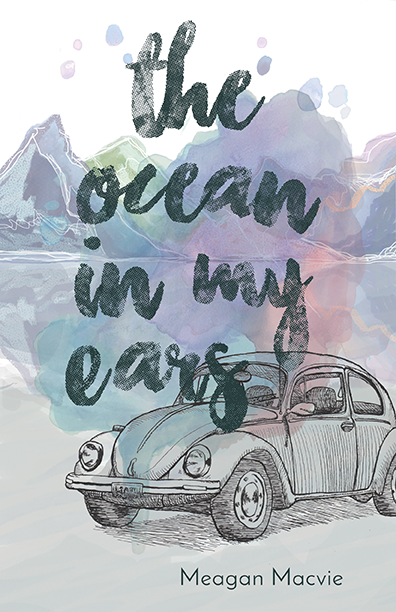In my first two terms at Ooligan Press on The Ocean in My Ears team, the majority of my assignments revolved around contact lists. Contact lists are painstakingly cultivated and relentlessly revised until, from the blood, sweat, and tears put into its conception, a list of possible reviewers is birthed. This process is exhausting and often seems never-ending; like the list will be growing long after your own demise, eternal in a way you could never comprehend—at least until the pub date looms so close that The List is finally dubbed “good enough.” However, The List is important; it’s worth the work. We need these hundreds of names from different types of publications so we can contact them all in the hopes that our requests will garner a few reviews. Those reviews are what get a book noticed. Here’s how we made our list for The Ocean in My Ears.
Thankfully, we don’t start from scratch with each new publication. Instead, we started with contact lists used previously when publishing other books. After we got that list, we divvied up sections of it, because there were quite literally hundreds of names, and began to weed out those that wouldn’t work for us. Sometimes this meant that the magazine, blog, or podcast was no longer doing reviews or creating new content in general. Other times, we found that our book just didn’t fit for that source.
Once we narrowed down the contacts we had, we began the search for even more. We knew the themes of the book and the audience we were trying to reach, so that’s where we began our search. Out of every five or so sites I looked through, I found one that would actually fit. The goal each week was to find a few dozen contacts to feed The List. Each source needs to have contact information available on their site because, as proved by many emails with either no response or an unrelated automated response, that is likely the only way you’ll obtain it. We also had to find out whether the reviewers would want a galley or digital copy. If they wanted a galley, we needed to know how many. Whether or not this information was available varied depending on the source.
The last step was to make a note of why the source worked and what they were all about. For example, is the publication aimed at young women? Do they talk about feminism? Do they only review romance novels? We repeated all of this process from the beginning again and again until the pub date was only a few short months away. Then, it was time to make use of The List.
The information we collected for The List was used to write pitch letters. I’m not sure how many we wrote in total, but I am sure it was over one hundred. I know I wrote at least forty-five. While that sounds daunting, the process is actually more painless than finding contacts. This is because we have a basic template with information about the book and author into which we plug a targeted sentence or two for our contact. If it was a publication meant to empower young women, I asked myself, “How does Meri embody a powerful young woman? Why is she a role model and why would this source care?”
This process has had frustrating results. Some of our letters and galleys were sent back beat up because the address was incorrect. For many, follow-up emails were sent more than once. Mostly, though, all of this work has been like shouting into a void just hoping to hear some sort of response. For a while, we didn’t hear anything.
Now that The Ocean in My Ears has received numerous positive reviews, I see the light. I understand something that was once only a vague concept. All of this hard, monotonous, tedious work becomes worth it when positive reviews start rolling in and you finally get tangible proof that the world sees the value in a book that’s become near and dear to you.

